Eating magic mushrooms can treat depression, study finds0
- From Around the Web, Science & Technology
- December 14, 2017
The drug ‘resets’ the brain circuits to immediately improve moods

The drug ‘resets’ the brain circuits to immediately improve moods
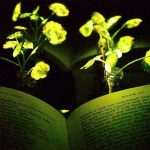
Imagine that instead of switching on a lamp when it gets dark, you could read by the light of a glowing plant on your desk.

Watching this newborn island erode could tell us a lot about Mars
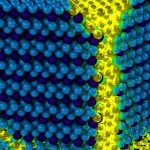
Excitonium has a team of researchers at the University of Illinois at Urbana-Champaign… well… excited!

A dense metal found in asteroids called iridium can be used to kill cancer cells without causing any harm to the healthy tissue surrounding it, according to a recent study conducted by researchers from the University of Warwick in England and Sun Yat-Sen University in China.
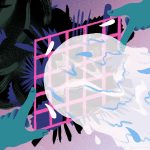
From the top of the Sam Houston Ship Channel Bridge, more than 50 meters (160 ft) above Buffalo Bayou, in every direction you look, you can see huge oil tankers, massive piles of coal, and uncountable smokestacks. This small corner of Houston is home to some of the world’s most valuable businesses, which turn fossil fuels into the products that have powered the development of our civilization. But the 21st century has brought with it an existential problem for these companies.
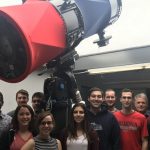
Students are part of a drill that tests astronomers’ ability to respond to a highly unlikely — but not impossible — scenario: an asteroid on course to collide with Earth.
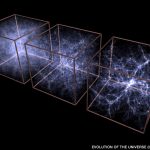
When it comes to scientifically mysterious concepts that begin with the word “dark,” dark matter attracts most of the public attention.

Researchers have developed a new approach to estimate the true size of very large earthquakes.
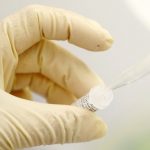
n a major step toward creating artificial life, U.S. researchers have developed a living organism that incorporates both natural and artificial DNA and is capable of creating entirely new, synthetic proteins. The work, published in the journal Nature, brings scientists closer to the development of designer proteins made to order in a laboratory. Previous work



